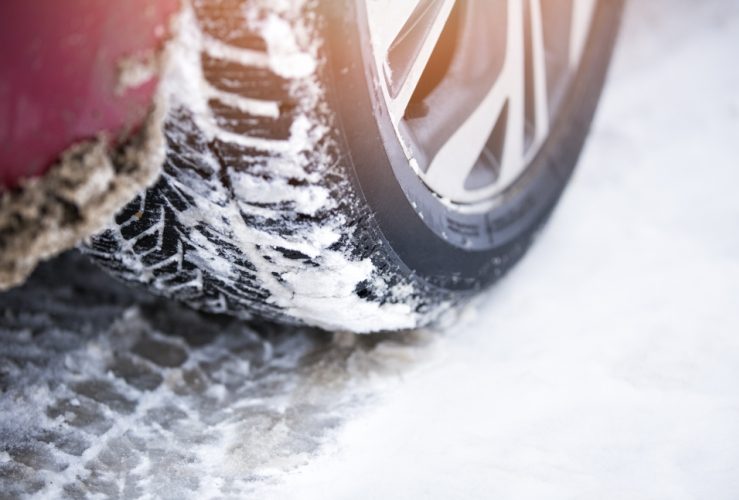Tyres are not the sexy bit of a car. The truth is most drivers pay them scant attention until they get a puncture and need to call out their breakdown service because the bolts are done up too tight.
But there’s an interesting debate going in at the moment about the benefits or otherwise of winter tyres for UK drivers. We’re not talking about snow tyres, which are something completely different. Winter tyres are made of a softer rubber compound than usual, which means they perform better at temperatures below 7 deg C and also have a different groove pattern to boost grip (pictured).

We can learn a lot from our European cousins, who use regular tyres from March to October then swap to cold-weather ones for the other six months. In some countries it’s mandatory.
After the big chill last winter, UK automotive industry bosses are coming round to the idea of winter tyres. Several car makers have launched schemes to store the rubber that drivers aren’t using for six month at dealerships, so they’re not clogging up the garage at home.
All well and good, but it still means motorists have to fork out now for a second set of tyres. Yes, by alternating between them and the regular ones you’ll still get the same wear, but few people have got the cash for four new tyres just lying around, especially in the run-up to Christmas.
I think the industry is missing a trick, and here’s why. Just as you can use normal tyres all year round, so you can use winter ones during the summer. The downside is they will wear slightly quicker in warm weather, but the experts say we would be safer using winter tyres in summer than regular ones in winter.
So why do we have two types? Why don’t we just have winter tyres? It makes no sense to me. So why not make the swap now? You still have to fork out the money but once that’s done there’s no faffing about every six months. Continental’s Winter Contact tyres did pretty well in a recent test in Auto Express magazine, so that’s what I’m going to get.




